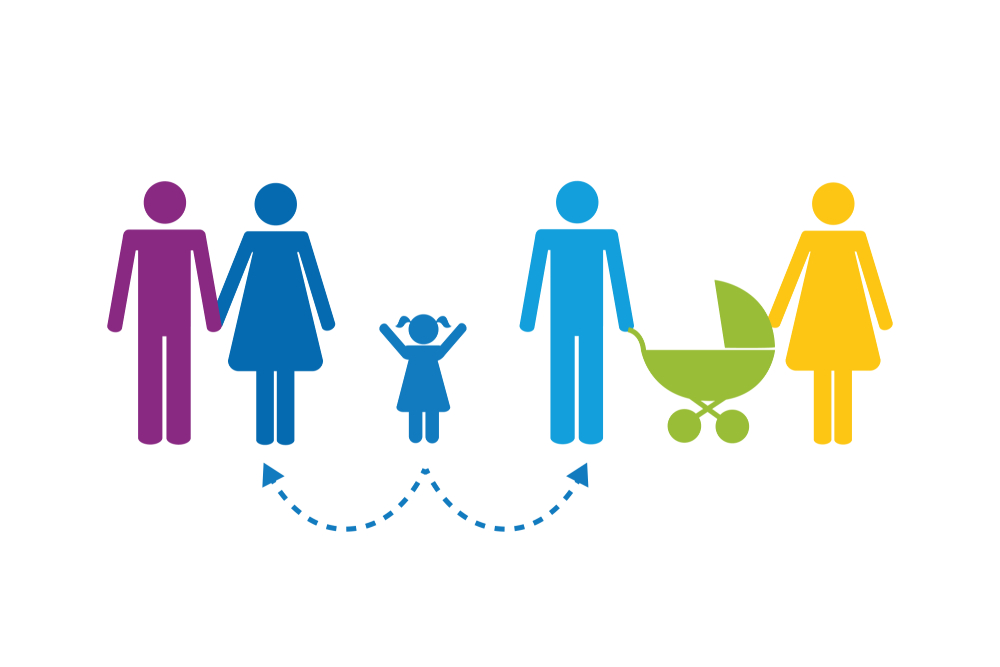Blended families are increasingly common, and with them come unique joys as well as new beginnings, but they also involve complex emotional adjustments. Children and stepchildren are asked to navigate shifts in attachment, belonging, and family identity. All of these factors can feel destabilising, without the right support.
Common Challenges
Attachment concerns: Children may feel torn between parents, worried that forming a bond with a stepparent means betraying their biological parent.
Boundary confusion: Different parenting styles or expectations can lead to uncertainty about rules and roles within the household.
Identity and belonging: Stepchildren may question where they “fit” in the family system, especially if siblings already share a strong bond.
Unresolved grief and loss: The circumstances that led to a blended family — such as divorce or bereavement — may leave children with unprocessed emotions.
Emotional dysregulation: Rivalry or competition between siblings and stepsiblings can trigger anger, anxiety, or withdrawal.

How Therapy Can Help
Psychotherapy provides a safe, non-judgemental space for family members to reflect, process, and reconnect. It can help by:
Facilitating emotional expression: Supporting children in naming and regulating emotions such as sadness, frustration, or jealousy.
Strengthening attachment bonds: Helping parents and stepparents build trust and secure connections with children at their own pace.
Supporting co-parenting alignment: Encouraging consistency in parenting approaches and boundary-setting between adults.
Promoting reflective dialogue: Giving children and adults the chance to share experiences in a contained, therapeutic setting.
Building resilience: Encouraging children to develop healthy coping strategies as they adapt to new dynamics.

Therapeutic Guidance for Parents and Stepparents
Allow space for adjustment: Transition takes time; rushing closeness can create resistance.
Validate emotions: Acknowledge the child’s feelings to reduce shame and encourage self-expression.
Model healthy communication: Show children how to resolve conflict respectfully and collaboratively.
Establish clear boundaries: Consistency helps children feel safe, even when households differ.
Seek professional support when needed: Family therapy can help strengthen relationships and reduce conflict.
Helpful websites




